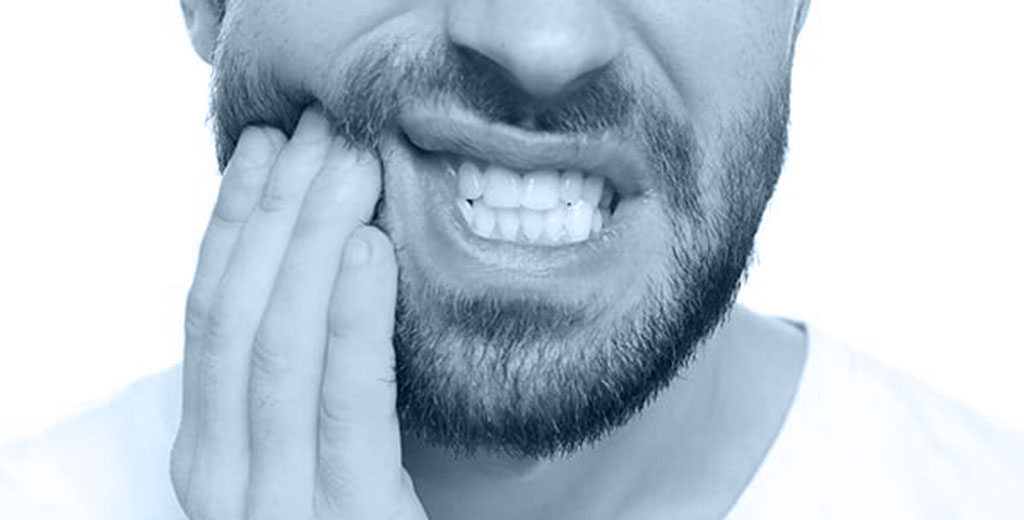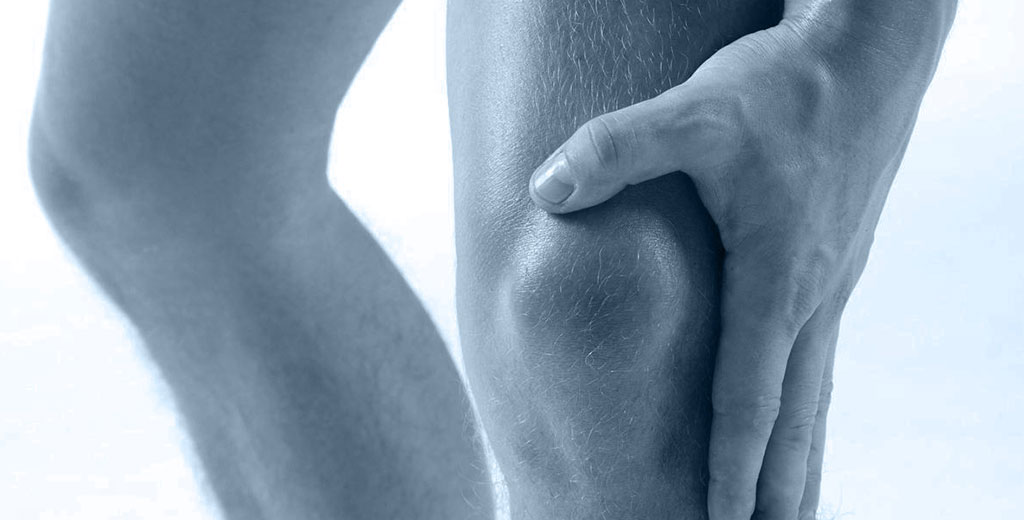The Pallof Press is one of the most comprehensive exercises for core stability. It trains anti-rotational trunk strength, deeply activates the abdominal obliques, and improves postural control.
But what many professionals overlook is that depending on the body position used, this exercise can significantly change muscle activation.
In this post, you’ll learn how external oblique and TFL (Tensor Fasciae Latae) activity varies during the Pallof Press in three different positions: standing, half-kneeling, and tall kneeling.
You’ll also learn how to use this information to select the most appropriate variation based on your clinical or performance goals.
By the way, want to learn how to integrate EMG into your practice or facility?
👉 Contact us here and discover how to do it with mDurance.
Pallof Press in Standing Position
📍 Position: standing, rotating to the left
This variation keeps the body upright, which provides a wide base but also requires more from the hip stabilizers.
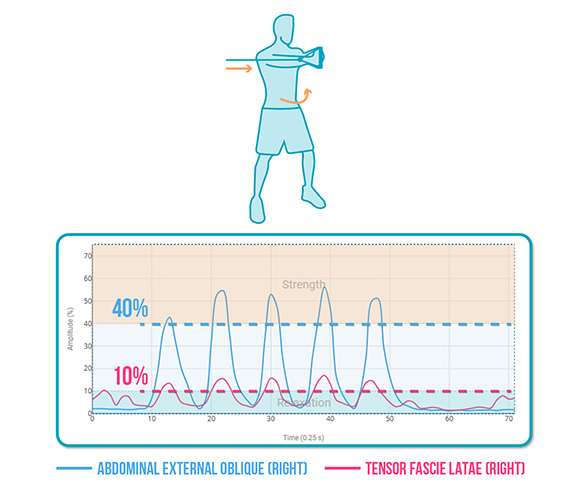
✅ The external oblique actively resists trunk rotation caused by the lateral band tension.
✅ The TFL activates to stabilize the hip and help maintain an upright posture.
Pallof Press in Half-Kneeling Position
📍 Position: one foot forward, one knee downThis intermediate stance reduces the base of support and requires more core and hip activation, especially in the lead leg.
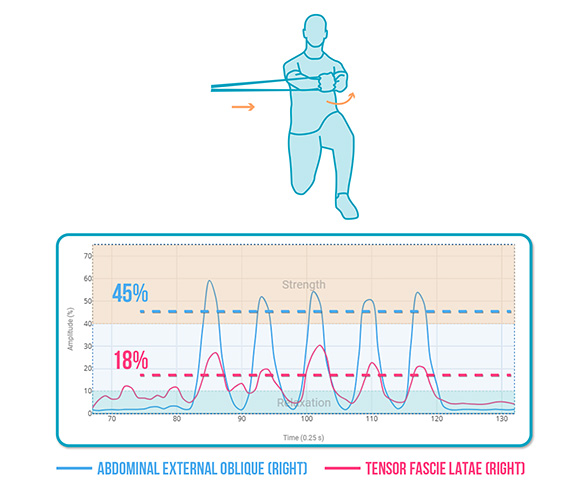
✅ Increased external oblique activation due to greater rotational instability.
✅ Higher TFL activity, especially in the lead leg, to stabilize the pelvis.
Pallof Press in Tall Kneeling Position
📍 Position: both knees on the floor
Here, the base of support is narrower but more stable in terms of center of gravity. This minimizes hip stabilizer involvement and focuses the effort on the core.
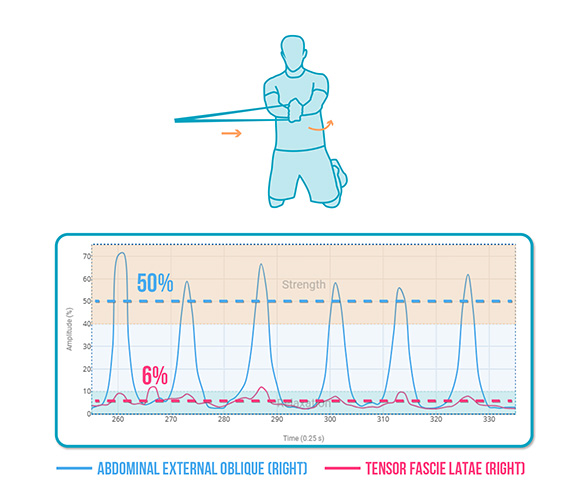
✅ Maximal activation of the external oblique, with reduced hip contribution.
✅ TFL activation drops, as the pelvis no longer needs to actively stabilize.
Muscle Activation Comparison by Position
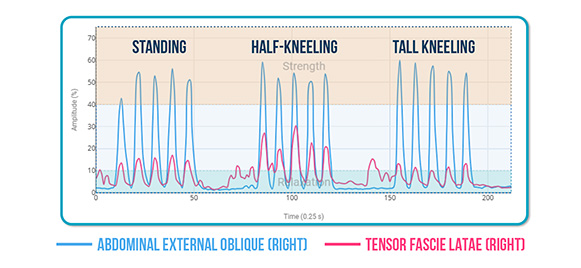
| Position | External Oblique | TFL | Main Comment |
| Standing | 40% | 10% | Moderate core activation, greater hip involvement |
| Half-kneeling | 45% | 18% | High activation of core and hip due to instability |
| Tall kneeling | 50% | 6% | Max oblique activation, minimal TFL engagement |
Which Variation Should You Choose?
- ✅ If your goal is to improve hip stability, the standing position is ideal.
- ✅ If you want a full challenge for core and postural control, go for the half-kneeling position.
- ✅ To target the external oblique and reduce TFL involvement, the tall kneeling position is the best option.
Conclusion
The Pallof Press is an incredibly versatile exercise. By simply changing the base position, you can adjust the muscle activation pattern and better align the stimulus with your patient’s or athlete’s goals.
Thanks to tools like surface EMG, you can now precisely identify which muscles are active, how much they’re working, and how to adjust exercises for maximum efficiency.
This allows you to improve your exercise prescription and retrain movement patterns with objective evidence.
Interested in integrating EMG into your clinic or facility?
👉 Contact us here and discover how to do it with mDurance.
